Business Property Relief (BPR) is a lifeline for family-run businesses trying to secure their future, not just a tax advisor’s technicality. BPR, which was first implemented in 1976, lowers the value of business assets by up to 100%, thereby easing the financial burden of inheritance tax (IHT). The objective was clear: to prevent business owners, especially those who operate family businesses, from having to liquidate portions of their companies in order to pay an IHT bill. Even though it has successfully saved many family businesses, business owners will need to move fast to take full advantage of the changes scheduled for 2026.
BPR reduces or eliminates IHT liabilities associated with business assets, making it an exceptionally effective estate planning tool for many. This relief isn’t automatic, though; in order to be eligible, a minimum of two years of ownership must be fulfilled. Optimizing tax planning strategies will require an understanding of these requirements, particularly in light of the impending changes. In other words, time is of the essence for entrepreneurs.
Business Property Relief Expert (For WordPress Table)
| Bio Information | Details |
|---|---|
| Full Name | John Doe |
| Title | Senior Tax Advisor |
| Company | Tax Solutions Ltd. |
| Qualifications | Chartered Accountant, CFP |
| Years of Experience | 15+ years |
| Specialization | Estate Planning, IHT Relief |
| Notable Work | Developed strategies for minimizing IHT for family businesses |
What Does Business Property Relief Apply to?
Business Property Relief is incredibly flexible and can be applied to a wide range of assets, such as trading companies, unquoted stock, and equipment used for business purposes. A company must be actively trading and not primarily engaged in investment activities like land speculation or property rental in order to be eligible. Specifically, assets used primarily for business purposes, such as land, machinery, or unlisted company shares, may be eligible for 100% relief. Only 50% of the assets may be eligible for relief if they are classified as land, buildings, or machinery but are not directly related to the business.
Business property typically needs to have been owned by the transferor for a minimum of two years in order to be eligible for BPR. These requirements might be met, for example, by land used for business, shares in a private company, and even certain kinds of equipment. Businesses that primarily engage in investment activities, such as those that deal in securities, stocks, or bonds, are not eligible for the relief, though.
The Future of Business Property Relief Changes
Business Property Relief has been a vital instrument for lowering inheritance tax over the last few decades. However, starting in 2026, a £1 million cap on 100% relief for combined agricultural and business property will be implemented, reducing these benefits. Accordingly, only the first £1 million in qualifying assets will be free from IHT; any additional amounts will be subject to a 50% reduction.
This change is especially important for business owners who have large estates. Those with higher-value estates may see a large increase in their tax obligations, even though the relief will still be available for assets up to the £1 million limit. A family business valued at £1.5 million might now be subject to an IHT liability on the £500,000 that exceeds the threshold, to put this into perspective. The need for business owners to update their estate plans before 2026 is highlighted by this policy change.
How to Optimize Relief for Business Property
Planning is essential to maximizing business property relief, particularly for entrepreneurs who are approaching retirement or thinking about transferring their company to the next generation. Making sure that qualifying business assets are held for a minimum of two years is one of the best ways to achieve this. To be eligible for the most relief, this ownership period is essential.
Many business owners have discovered in recent years that working with a tax advisor to structure their estates is very advantageous. Owners can minimize potential IHT exposure by drastically lowering the value of their estate through the transfer of shares in family businesses or other assets that are eligible for BPR. Additionally, before the new cap goes into effect, children or trusted successors may be able to benefit from the more generous 100% relief if business assets are transferred to them before 2026.
A Methodical Approach to Relief for Business Property
Although some people are worried about the upcoming BPR changes, business owners have a chance to reconsider their estate planning techniques. Business owners can make sure they can still leave a legacy to the next generation without having to pay a significant amount in taxes by practicing proactive tax planning.
Leveraging Business Property Relief can also be accomplished through strategic gifting, such as putting assets into a trust or transferring them to family members. This can be especially helpful for family business owners who wish to make sure their enterprise survives their death. You can help your loved ones keep control of the company while lowering their tax burden by transferring business assets in a way that maximizes BPR.
Important Takeaways
For business owners who want to safeguard their legacies, Business Property Relief provides a crucial tool for lowering inheritance tax on company assets. To fully benefit from the current regulations, business owners must act now more than ever before the 2026 reforms take effect. Owners can transfer their company without the debilitating effects of taxes by using BPR strategically and implementing careful estate planning.


